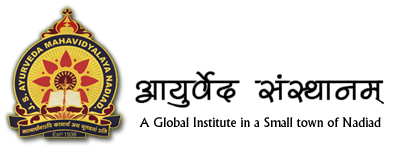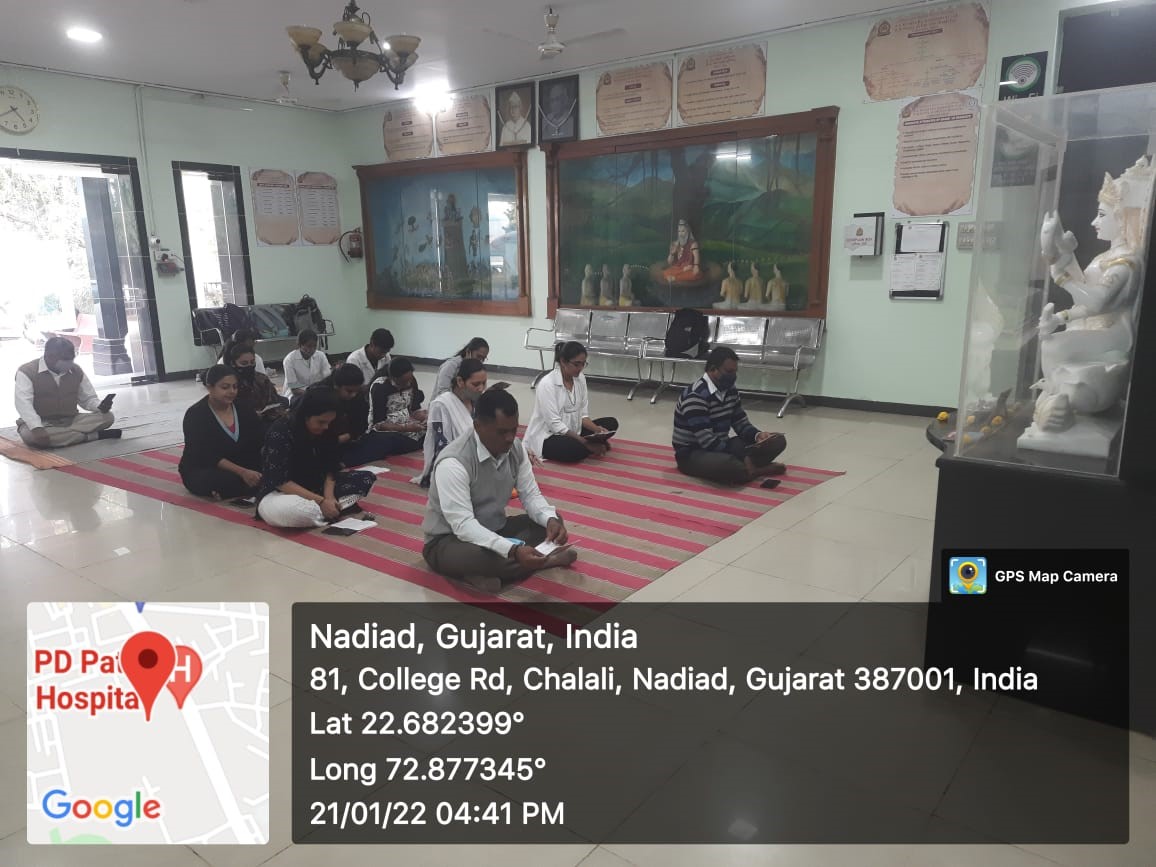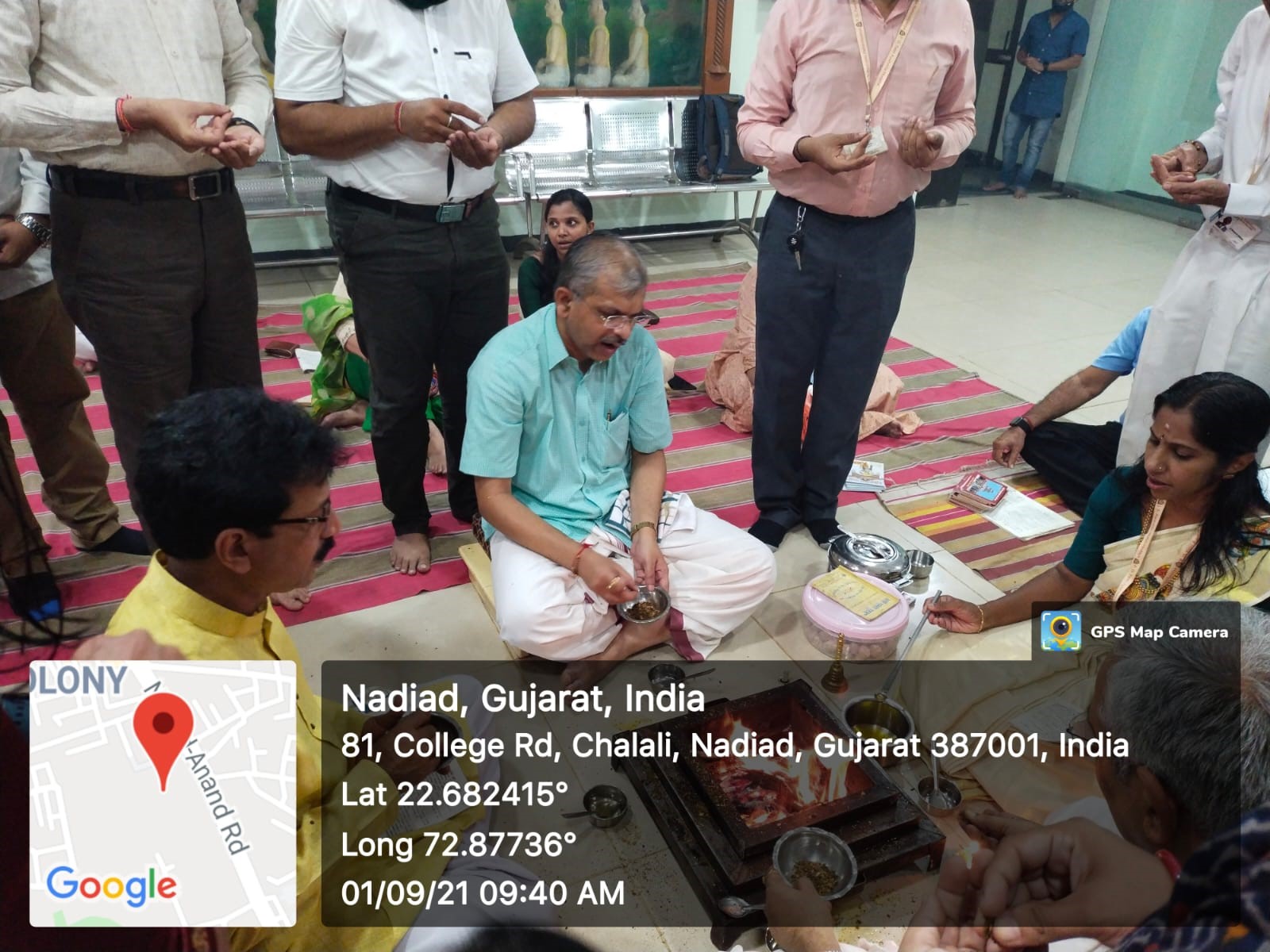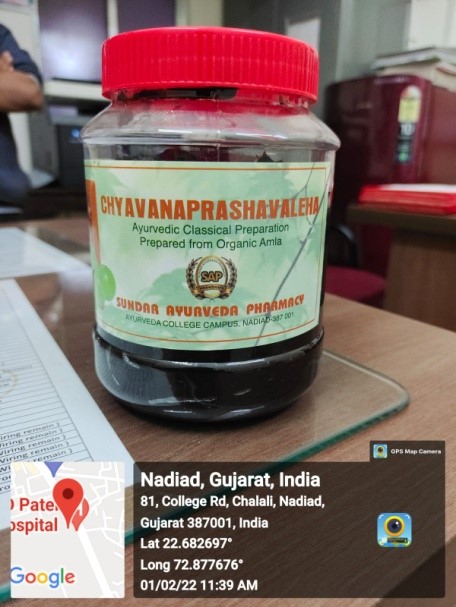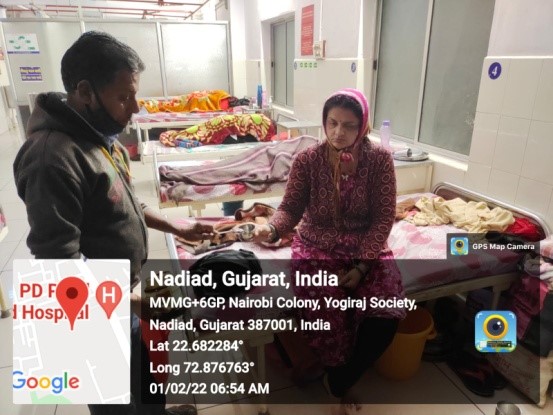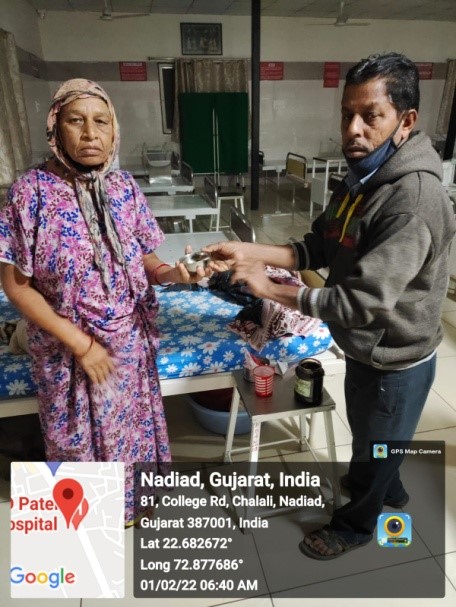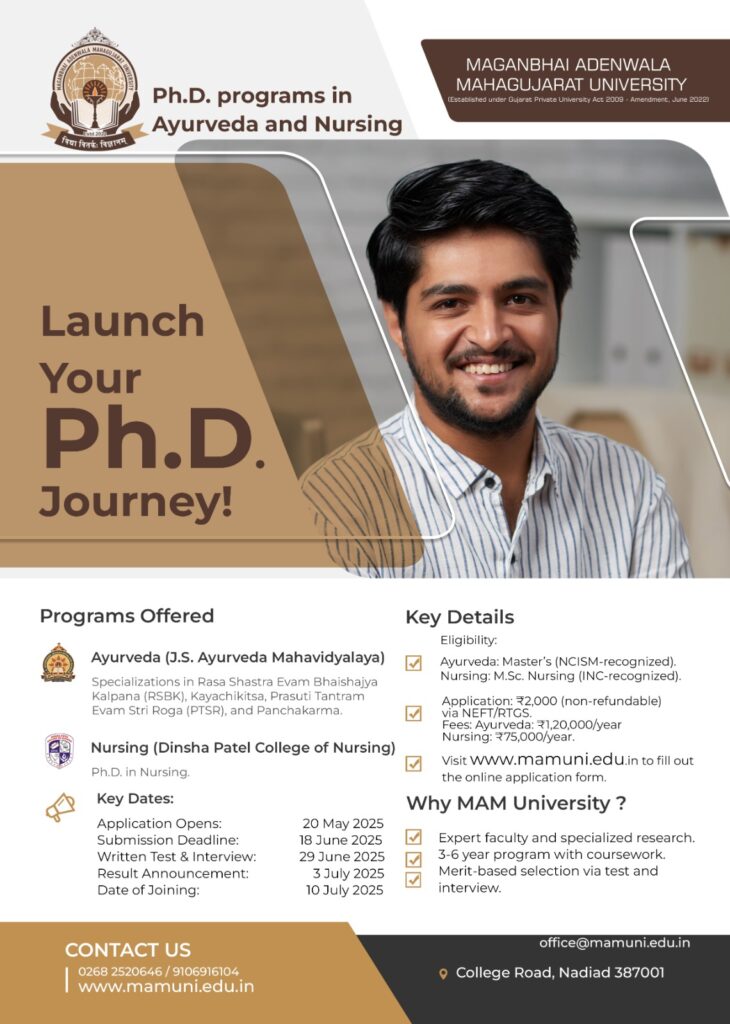Best Practice-3
1. Title of the practice:Ayurjeevaneeyam
2. Objectives
- Project ECHO is a lifelong learning and guided practice model that revolutionizes medical education and exponentially increases workforce capacity to provide best practice specially care and reduce health disparities.
3. Context
- Regular use of Rasayana drugs gives so many health benefits like it boosts immunity, acts as an antioxidant- anti-aging agent, etc.
4. The practice
- Project ECHO(Extension for community healthcare outcomes) is a collaborative medical education model that aims to build workforce capacity in rural and underserved areas.Originally created by Dr. Sanjeev Arora in new rural New Mexico, which got huge success. Based on which ECHO India was started as not for profit trust in 2008. The idea was to replicate the ECHO model to improve healthcare delivery to rural and underserved areas of India.It is built upon four principles:1)Use technology to leverage scare resources , 2)Share best practices to reduce disparity, 3) Case based learning to master complexity, 4)Web based database to monitor outcomes
5. Challenges
- To creat awareness in community for Ayurveda through this training program for CHO which helps in improving their knowledge, skills and practices in Ayurveda.
6. The Practice
- Our institute is a leading institute in the field of Ayurveda education and health care sevices. The institute started this practice in November 2020in collaboration with ECHO-indiato reach rural areas of Gujarat. For that a short term course of 3 months was designed and basic topics of Ayurveda and Yoga were included in the curriculum covering points like- concept of Prakriti, Dinacharya, Rutucharya, Sadvritta, Garbhasamskara, Yoga for general, dietitics in children, Ayurvedic ENT and dentistry, etc. The sessions are planned on Tuesday and Friday between 3-5 pm. In each session the CHOs of rural areas join virtually and learn the concepts from subject experts followed by case presentation by any one CHO. Discussion is done on that particular case and queries are being solved by the experts.An assessment is done at the end of the course.For conducting the whole course a special IT room was built with a good space, HD Tvs(40-50”), camera, speakers, high speed internet connection and furniture.
7. Evidence of success
- Till date 3 courses have been completed. One from the duration of Dt:12/11/2020 to 30/3/2021 and second from Dt: 4/5/2021 to 31/8/2021 in which total 78 CHOs from Morbi and Gir Somnath distict participated.Third batch was scheduled from 1/2/2022 to 28/6/2022 , in which the CHOs from Amdavad , Gandhinagar and Vadodara district have joined. After completion of this course CHOs were able to guide the community regarding lifestyle modifications and were also able to treat diseases at primary health centres level with basic Ayurvedic medicines. Feedback of CHOsare very possitve and encouraging
8. Problems encountered and resources required
- The CHOs from different places must connect for each and every session. Sometimes network issues are faced, so number of participants is less than the expected.
- As resources, this program requires a wellequipped room with high speed internet connection and tv screens and IT technitians.
